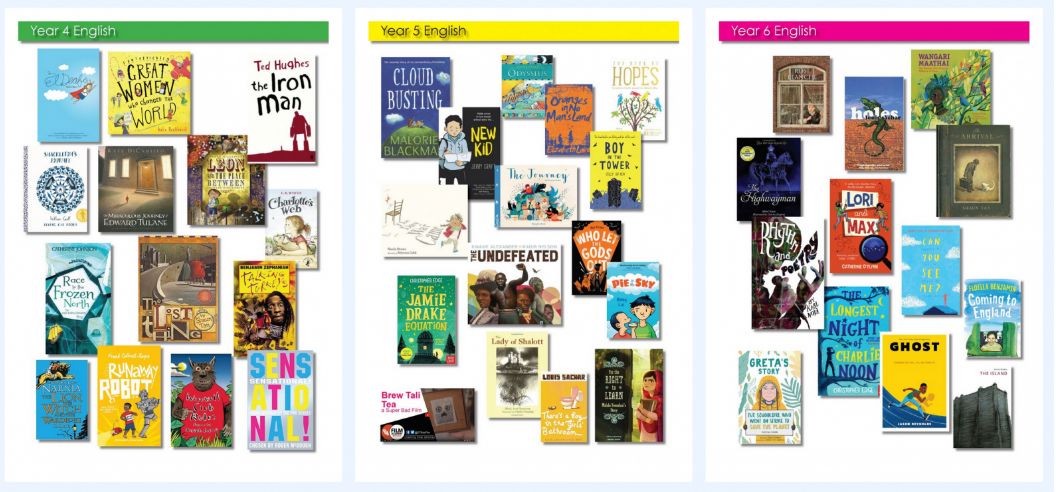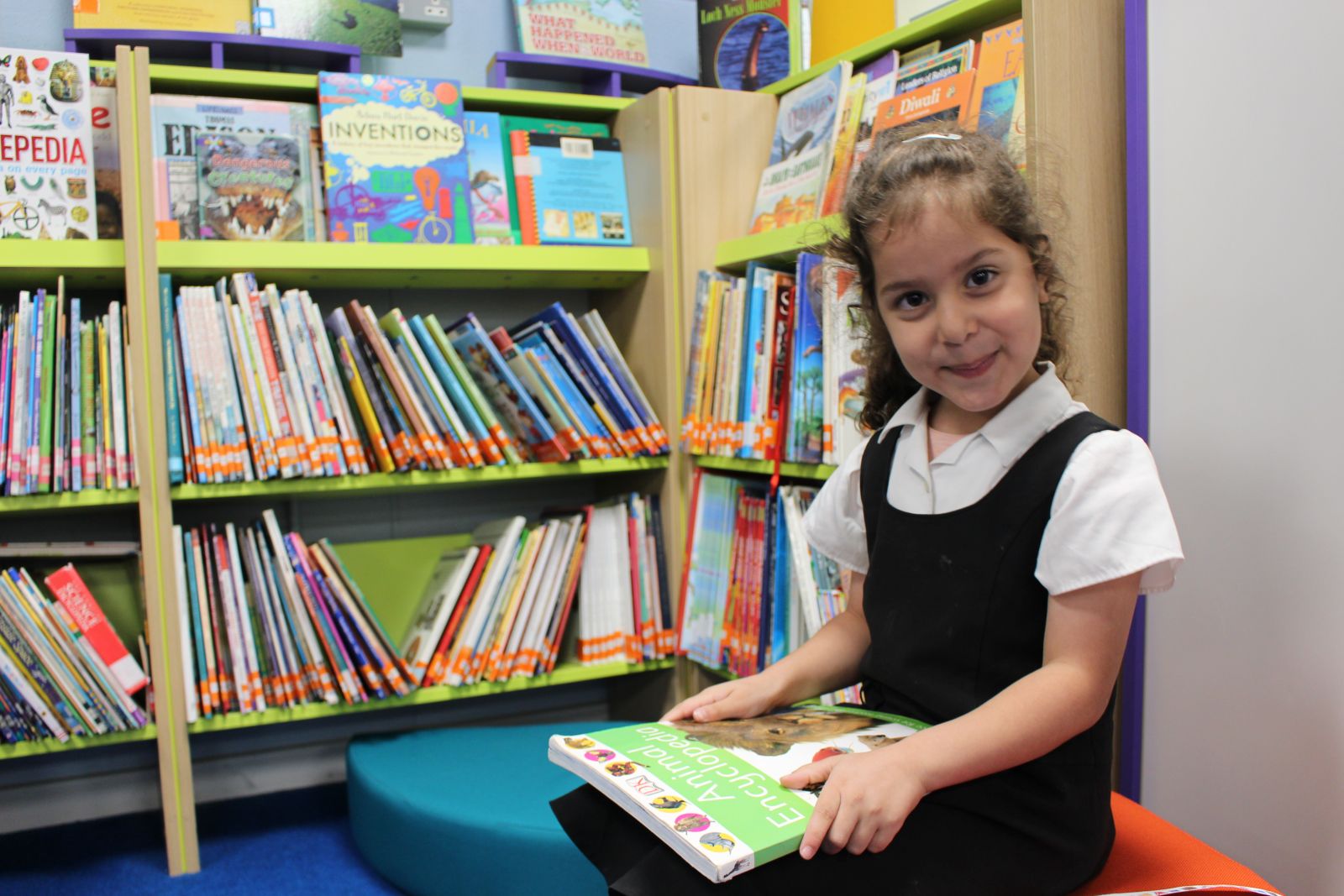
‘Reading to Learn’ – Understanding texts
‘The ultimate goal of reading is comprehension’
Comprehension is introduced from Nursery and Reception through our 4-strategies and 6-steps reading pedagogy, based on Reciprocal Reading, to enable ‘Reading to Learn’. As children become more fluent and automatic readers, the amount of time and focus on understanding increases.
Triggering Prior Knowledge
This prepares the reader for engaging with a text by:
- Summarising prior learning/concepts.
- Foregrounding new texts with an understanding of concepts or facts that will aid understanding of the reading to come.
Predict
Enabling the reader to anticipate what will come next in the text, based on:
- Prior knowledge
- Structure of the text
- Content of the text
- What has been read previously
Read
Children read independently at their own pace, either:
- Silently or to themselves
- Teachers can hear an individual read-aloud
- Reading can be done as a whole class
Clarify
Clarifying enables the learner to deal with difficulties of:
- Unfamiliar vocabulary – words/phrases
- New or challenging concepts
- Where meaning is lost
The best clarification comes from the children – some words seem obvious to teachers but that is irrelevant for a child to whom it is not obvious.
To establish meaning, we may re-read a sentence or passage now that the children understand the language.
Question
Children are encouraged to be active in the reading process by asking questions about the concepts and themes that they are intrigued or confused by.
- Teachers (and increasingly, the children themselves) ask questions about the text that they have just read.
- The teacher should invite different ideas and suggestions to questions.
Comprehension of the text can be assessed through the questioning stage
Summarise
The summary identifies the main or most important point in the section that has been read:
- It gives an indication of the reader’s understanding.
- Encourages the reader to sift main ideas in own words.
- Sets up prediction for the next section where they will return to predicting.
.png)



 Fluent and accurate word reading (at letter, word, sentence and text level) reduced the cognitive load for children so they can focus on comprehending meaning. Fluency and accuracy are built through:
Fluent and accurate word reading (at letter, word, sentence and text level) reduced the cognitive load for children so they can focus on comprehending meaning. Fluency and accuracy are built through: